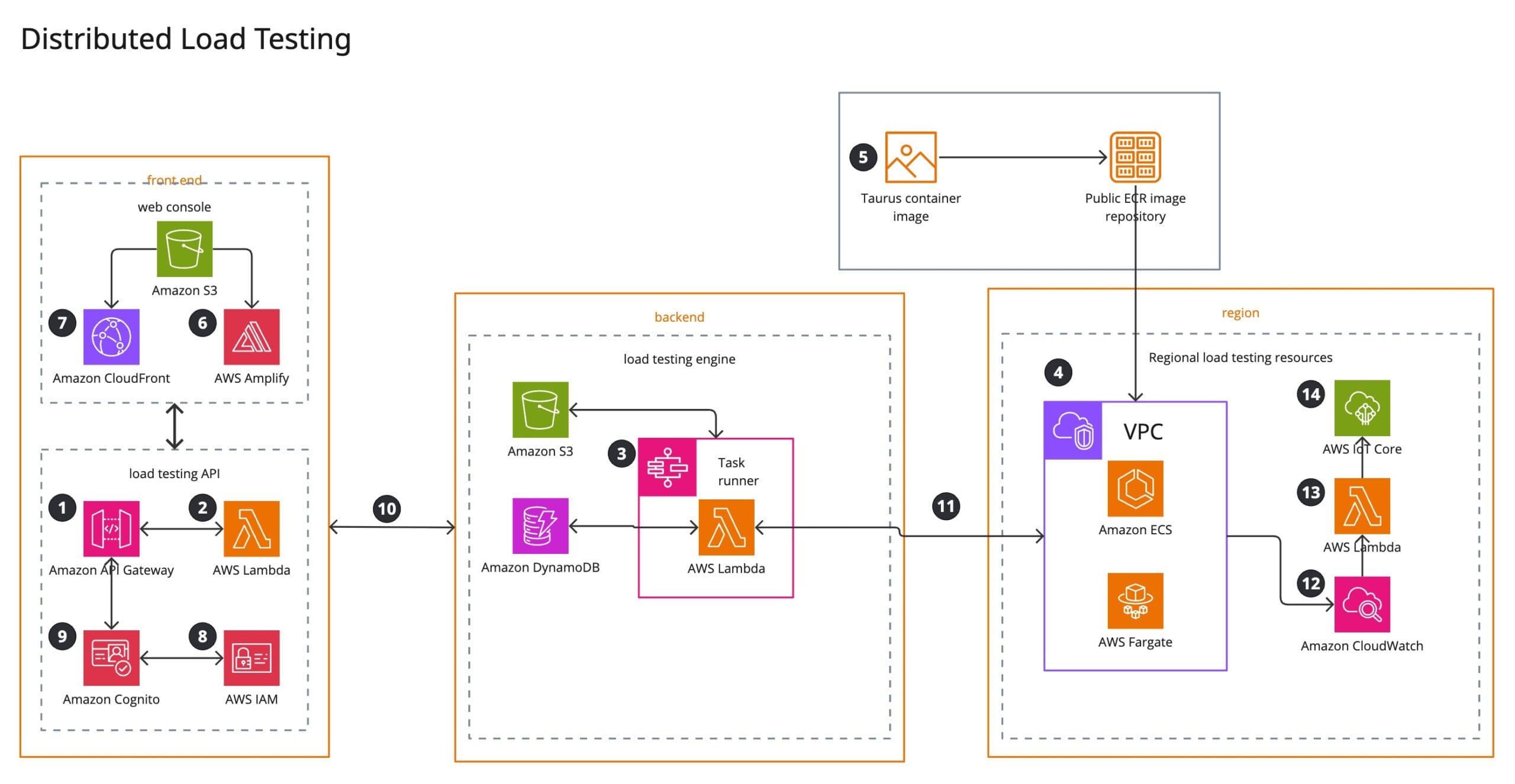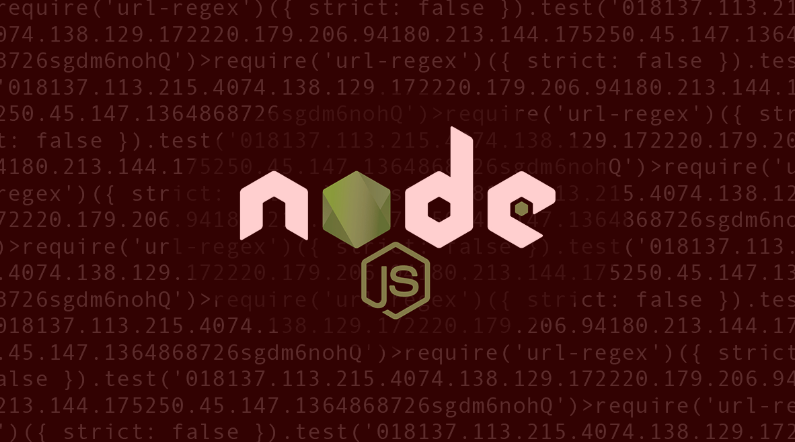Artificial Intelligence isn’t just a buzzword anymore – it’s shaping how businesses operate, grow, and compete. Whether you’re running a startup or a global enterprise, adopting the right AI approach can be the difference between staying ahead or falling behind.
Three concepts are leading this new era: Large Language Models (LLMs), Large Action Models (LAMs), and Retrieval-Augmented Generation (RAG). Together, they form a powerful combination that can transform how companies use AI.
Large Language Models (LLMs): The Brains of AI
LLMs—like GPT, Claude, or LLaMA—are AI systems trained on enormous amounts of text data. They can understand natural language, write content, summarize documents, and even generate code.
In business terms, they help with:
- Writing and automating reports, emails, and documentation.
- Analyzing customer feedback or survey responses.
- Creating knowledge assistants that answer questions in plain English.
But here’s the catch: LLMs aren’t perfect. Sometimes they “hallucinate” answers, their knowledge freezes at the time of training, and they can’t naturally access your company’s private data.
Large Action Models (LAMs): The Hands of AI
If LLMs are the brains, then LAMs are the hands that actually do the work. While LLMs generate text or insights, LAMs can execute tasks in the real world.
Think of it like this:
- You tell the AI to schedule a meeting → The LAM books it in your calendar.
- You ask it to pull the latest sales data → The LAM fetches it from your CRM.
- You request an invoice → The LAM generates and sends it automatically.
LAMs move AI beyond just talking—they make it act.
Why RAG (Retrieval-Augmented Generation) Changes the Game
This is where things really get interesting. RAG is the missing link that makes AI both powerful and trustworthy.
Instead of relying only on what the LLM learned during training, RAG allows the AI to pull in real-time, domain-specific knowledge from your documents, databases, or APIs.
That means:
- Answers are grounded in facts, not guesses.
- The AI can stay up-to-date without retraining.
- You can control what sources it trusts (important for compliance and security).
For example, if a customer asks about your latest product warranty, a plain LLM might give a generic answer. But with RAG, the AI can instantly fetch the correct warranty details from your company’s knowledge base and respond accurately.
Why Your Business Needs This AI Trifecta
When you put it all together—LLM + LAM + RAG—you get an AI system that is:
- Smart (LLM handles language and reasoning).
- Actionable (LAM executes real-world tasks).
- Reliable (RAG ensures accuracy with your data).
Some real business use cases:
- Customer Support: An AI assistant that gives accurate, real-time answers pulled from your support documentation.
- Sales & Marketing: AI that can personalize outreach using the latest product and customer data.
- Operations: AI copilots that automate workflows, approvals, and reporting without human intervention.
- Research & Strategy: AI that combines public insights with your internal data to surface better decisions.
This isn’t just about efficiency—it’s about building trustworthy AI that your teams and customers can rely on.
Final Takeaway
AI is moving fast, but it’s not about jumping on every new tool. It’s about building a system that’s useful, trustworthy, and tailored to your business.
LLMs bring intelligence, LAMs bring action, and RAG brings accuracy. Together, they’re not just the future of AI – they’re the foundation businesses need today.
Companies that start integrating this trio now will have a huge competitive edge in the years ahead.
Contact Us Today to see how we can help design and deploy AI solutions that are tailored to your unique needs.



